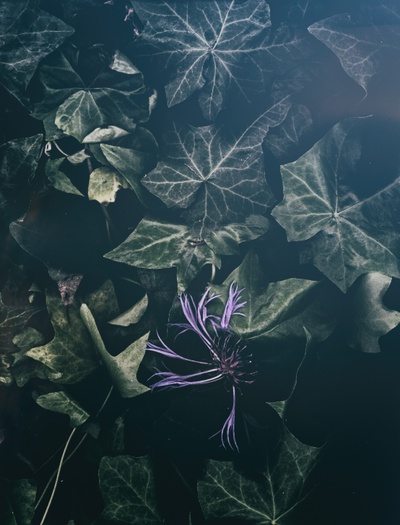english ivy | hedera helix
I am a recent arrival to Mt. Pleasant, to Vancouver, to British Columbia, and to Canada. While I am inescapably honoured to be here, I’m also conflicted in my role as a settler. In desiring to press the weight of intention against blind habitation on unceded lands, I’m seeking to define my relationship to this particular place knowing that present and future well-being is built upon the relationships created today. In exploring how best to literally and figuratively “arrive” with intentionality, I’m actively grappling with the question of what does it mean to be a “settler” and can progress be separated from the conditions which allow for it?
In conversation with First Nation faculty at Emily Carr Uni of A+D and by channeling the philosophy and processes of the slow photography movement, I walked the streets of Van’s Mt. Pleasant neighbourhood, ultimately creating a series of imagery calling attention to invasive plant life, specifically english ivy (hedera helix). Despite its foreign origins, english ivy is commonly found throughout N. America and is readily accepted as a desirable part of the ecosystem, even as it chokes out native species; colonization is a structure, one that covers and covets, seeks and seethes.
While my work is largely focused on commenting on and critiquing our relationship to place—primarily digital and mediated space—the notion of acknowledging and resisting cognitive imperialization is a clear line that runs through my practice.
Artist Bio
Christopher M. Carruth is a lens-based essayist, educator, and technologist. His practice explores place, identity, and creative pedagogy through time-based media, participatory works, prose, and new media.
